Embarking on a culinary adventure, I faced the ultimate test: cooking picanha steak, not one, but three different ways. Picanha, with its rich flavor and tender texture, is a cut that demands respect in the kitchen. The question wasn’t just about cooking it; it was about mastering it through different methods to find the ultimate technique.
The first hurdle many face with steak is the deceptive simplicity of cooking it. How often have we been lured into thinking that all it takes is to throw a piece of meat onto a pan and wait for it to brown? Yet, the pitfalls are many – from an enticingly seared exterior hiding a raw interior to an overcooked piece that taxes your jaw.
And then there’s the flavor – or the lack thereof. A steak that looks perfect on the outside but tastes bland can be a major letdown. But with picanha, a cut known for its robust flavor, the stakes were even higher. Would the different cooking methods enhance or diminish its natural taste? I was determined to find out, armed with three techniques: Sous Vide, Reverse Sear, and the Traditional Method. It was time to put my culinary skills to the test and see which method would reign supreme.
Sous Vide Method:
- Preheat Sous Vide Bath: Set your sous vide to the desired doneness temperature.
- Bag the Steak: Place the picanha steak in a freezer-type zip-top bag.
- Cook Sous Vide: Submerge the bagged steak in the water, ensuring all air is squeezed out. Cook for 1 to 2 hours.
- Sear After Sous Vide: Remove the steak from the water bath, pat it dry thoroughly. In an oiled pan over medium-high heat, sear the steak for about 1 minute on each side.
Reverse Sear Method:
- Oven Preheat: Set your oven to 225°F.
- Thermometer Insertion: Insert a predictive thermometer into the steak, setting it about 5 degrees lower than your desired doneness.
- Oven Cooking: Place the steak on a rack over a tray, then into the oven. Cook until it reaches the set temperature (about 1 hour).
- Final Sear: After removing the steak from the oven, sear it in an oiled pan over medium-high heat for 1 minute per side.
Traditional Method:
- Pan Heating: Heat a pan over medium-high heat with cooking oil.
- Thermometer and Cooking: Insert a predictive thermometer into the steak. Cook the steak in the pan, flipping every minute, until it’s about 5 minutes from your desired doneness.
- Rest the Steak: Once the steak reaches the set temperature, remove it from the pan and let it rest for 5 minutes.
Comparison and Conclusion:
- All three methods yielded delicious results, but the Sous Vide method stood out for its enhanced umami flavor and mouth-watering juiciness.
- Ultimately, the choice of method depends on personal preference and convenience. Whether it’s the precise control of Sous Vide, the even cooking of Reverse Sear, or the traditional approach, each method has its own charm, ensuring a fantastic picanha steak every time.

